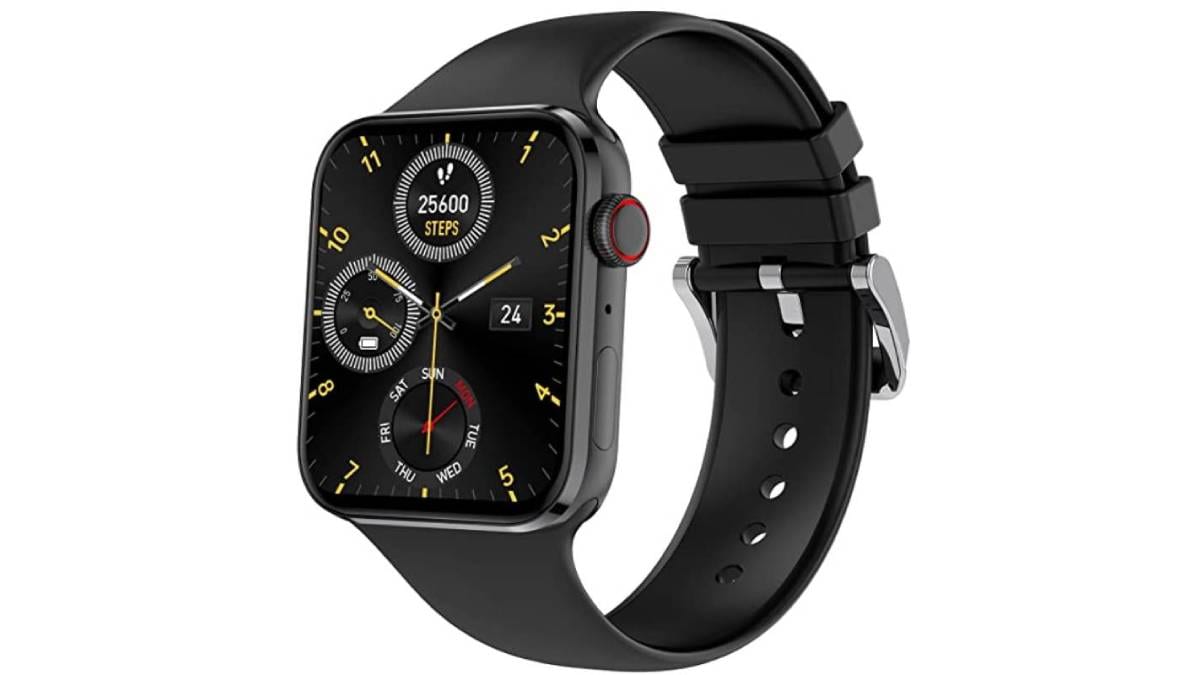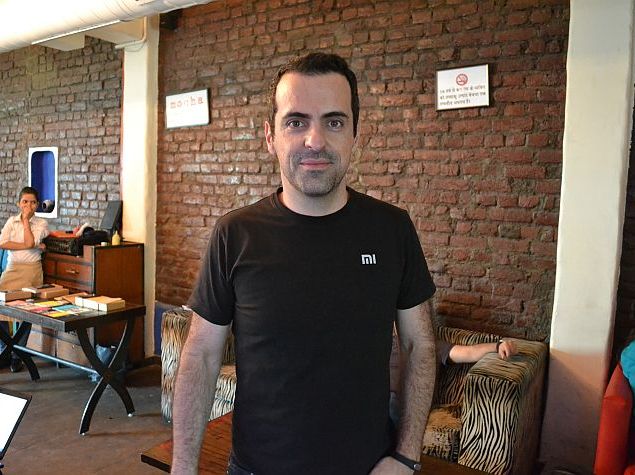About 217 million viewers in the US alone tuned in to the London Olympics four years ago, making it the most watched TV event in history. The television audience is expected to increase for the Rio Olympics, which formally open Friday. Others will tune in online or watch the games in person in Rio de Janeiro, Brazil.
That makes the Olympics an excellent showcase for new and emerging technologies. Such brands as Visa and Samsung are taking the opportunity to show off their wares.
Visa’s payment ring
Visa, a 30-year Olympics sponsor, is running the payment systems at the Olympics. Visa is equipping about 4,000 payment terminals at souvenir shops, concession stands and other Olympic venues with a wireless technology called near-field-communication, or NFC. It’s the technology that powers mobile-payment services such as Apple Pay, Android Pay and Samsung Pay, though only Samsung’s has launched in Brazil.
Visa is giving payments rings to 59 athletes to wear. With a tap on an NFC payment terminal, they can charge their Visa accounts. Giving the ring to Olympic athletes like swimmer Missy Franklin and decathlete Ashton Eaton lets Visa test the technology, while garnering buzz as athletes tweet about them and wear them around the Olympic village.
Samsung’s special edition Galaxy
Samsung, another Olympic sponsor, is delivering a special Olympic Games edition of its Galaxy S7 Edge phone to 12,500 Olympians. The phone is branded with the Olympic rings and has Olympics-themed wallpapers loaded on the device. The company also made 2,016 of the Olympic phones for the public to buy in selected countries, including Brazil, the US and South Korea.
![]()
One feature Samsung expects to make a splash: The phones will come with a flag app, which athletes will be encouraged to hold up as they walk together by country during Friday’s opening ceremonies.
“They can use the entire screen of the S7 to become a flag,” said Pio Schunker, Samsung’s global head of brand integrated marketing. “They will be waving the national flag through the S7.”
NBC gets into VR, Getty goes 360
Expect to see virtual-reality content, along with 360-degree video and images. NBC, which has television and online rights in the US, plans 85 hours of VR coverage through the NBC Sports app on Samsung’s Gear VR headset. VR events will include opening and closing ceremonies, men’s basketball, gymnastics and track and field. They will typically be shown on a one-day delay.
Getty, the Olympics’ official photography agency, launched a virtual-reality division in June to focus on 360-degree images. Getty shot some 360-degree images at the London Olympics in 2012 as the technology was emerging. This time in Rio, every Getty photographer will have a 360-degree camera.
“We are only on the cusp of what will be a tectonic plate shift in VR,” Getty CEO Dawn Airey said.
Meanwhile, Facebook’s Oculus VR business, which developed the technology behind Gear VR, plans to showcase more than 400 360-degree images from various photographers. It will be available through the Oculus 360 Photos app on Gear VR and Oculus’ own Rift headset.
High-tech coverage
NBC owner Comcast Corp. is showcasing its X1 set-top box, giving its customers a way to search for live coverage and replays by country, athlete and sport. It’s also integrating voice search into the system. Viewers, for instance, can get the latest medal count by speaking, “How is the USA doing?” The company is also offering a way to zip to gold-medal event highlights and restart events that have already begun.
The high-tech coverage makes use of the box’s connection to the internet and increasing presence in Comcast subscriber homes. Comcast says about 40 percent of its 22.4 million video customers have X1. Comcast is aiming to reach 50 percent by the end of the year.
The X1 innovation is one way Comcast is trying to help viewers sort through some 6,000 hours of Olympics coverage on television and online. If it boosts audiences for the Olympics, it’ll also help Comcast recoup some of the $4.4 billion that NBC paid for the US broadcast rights over six years.



